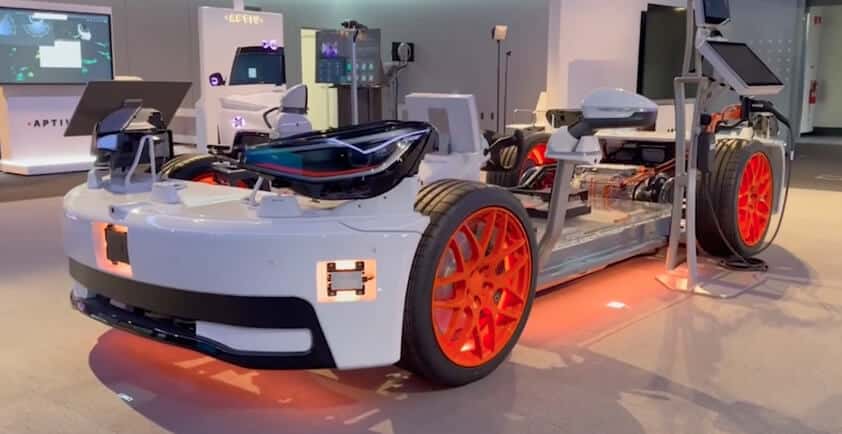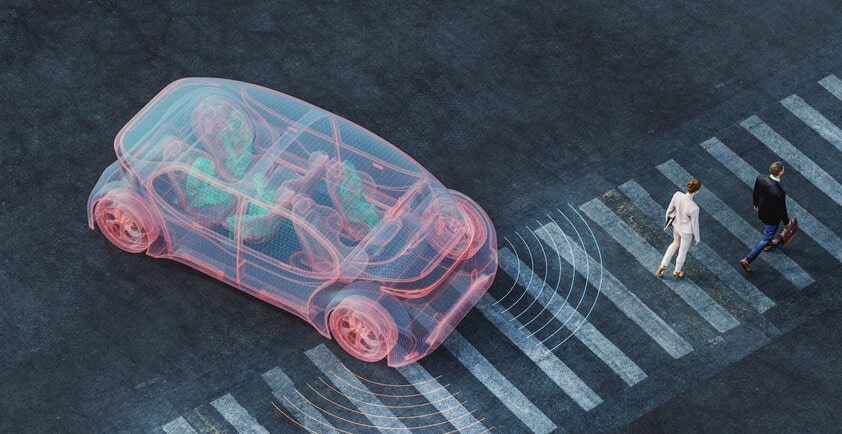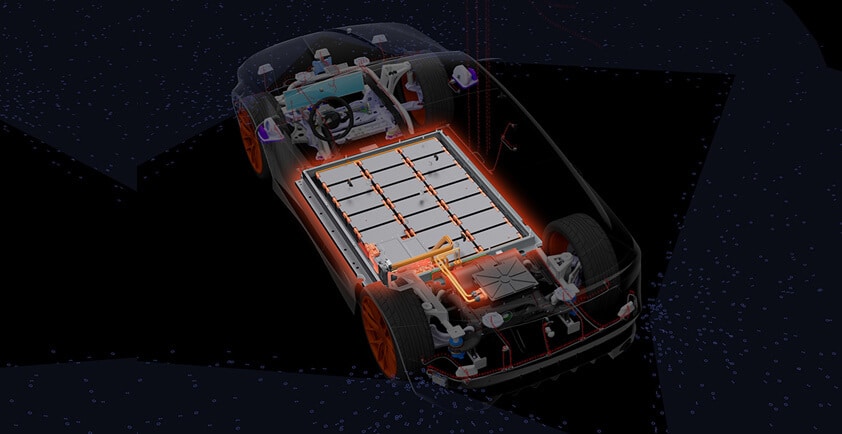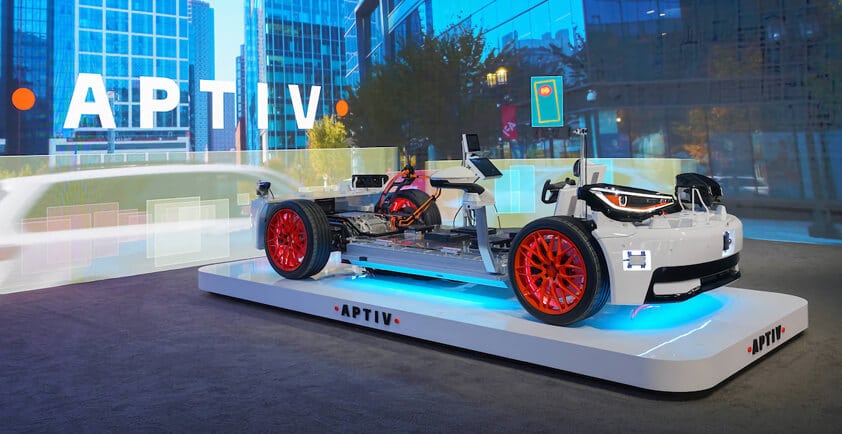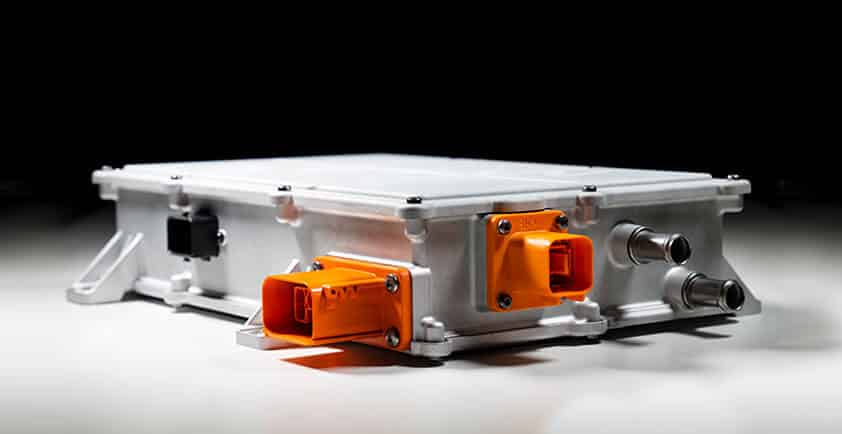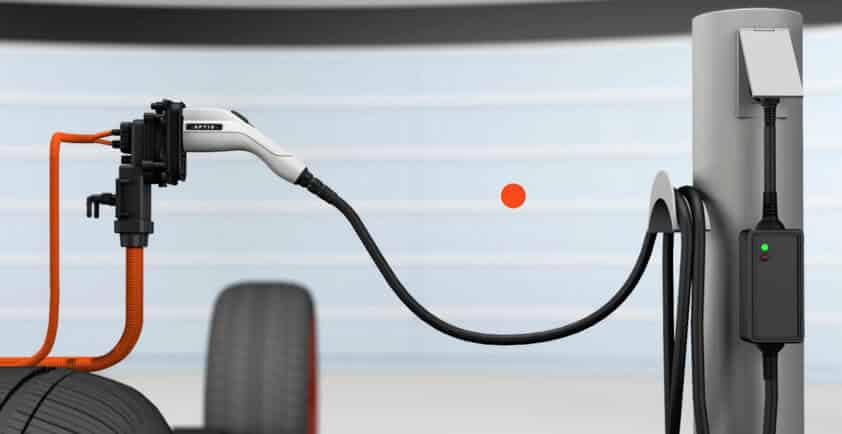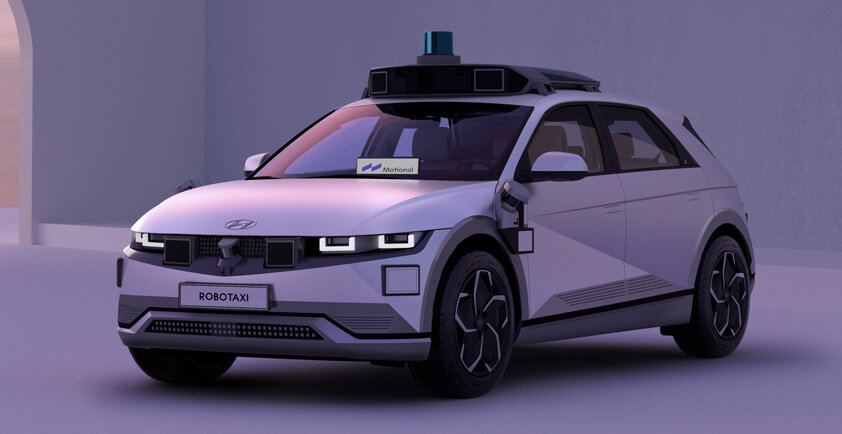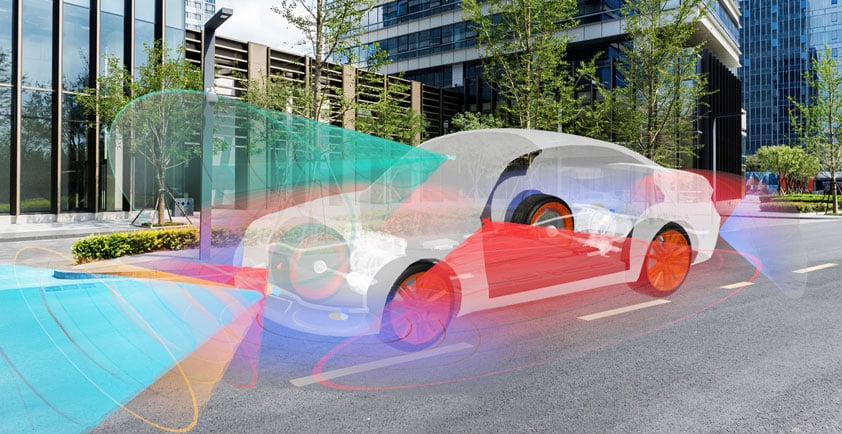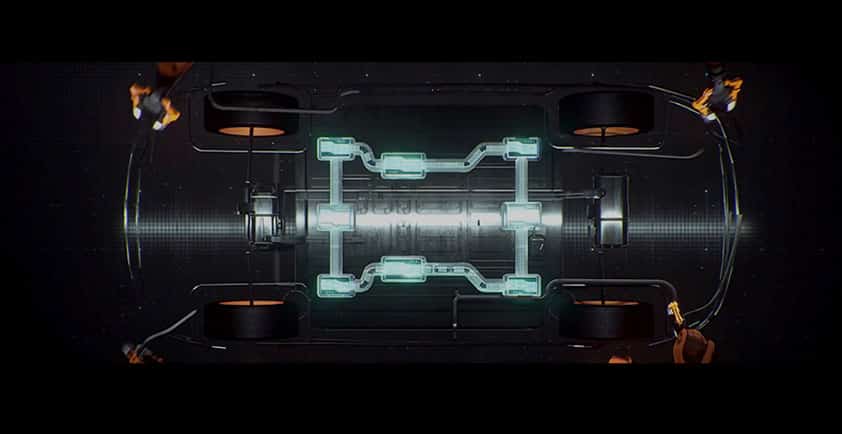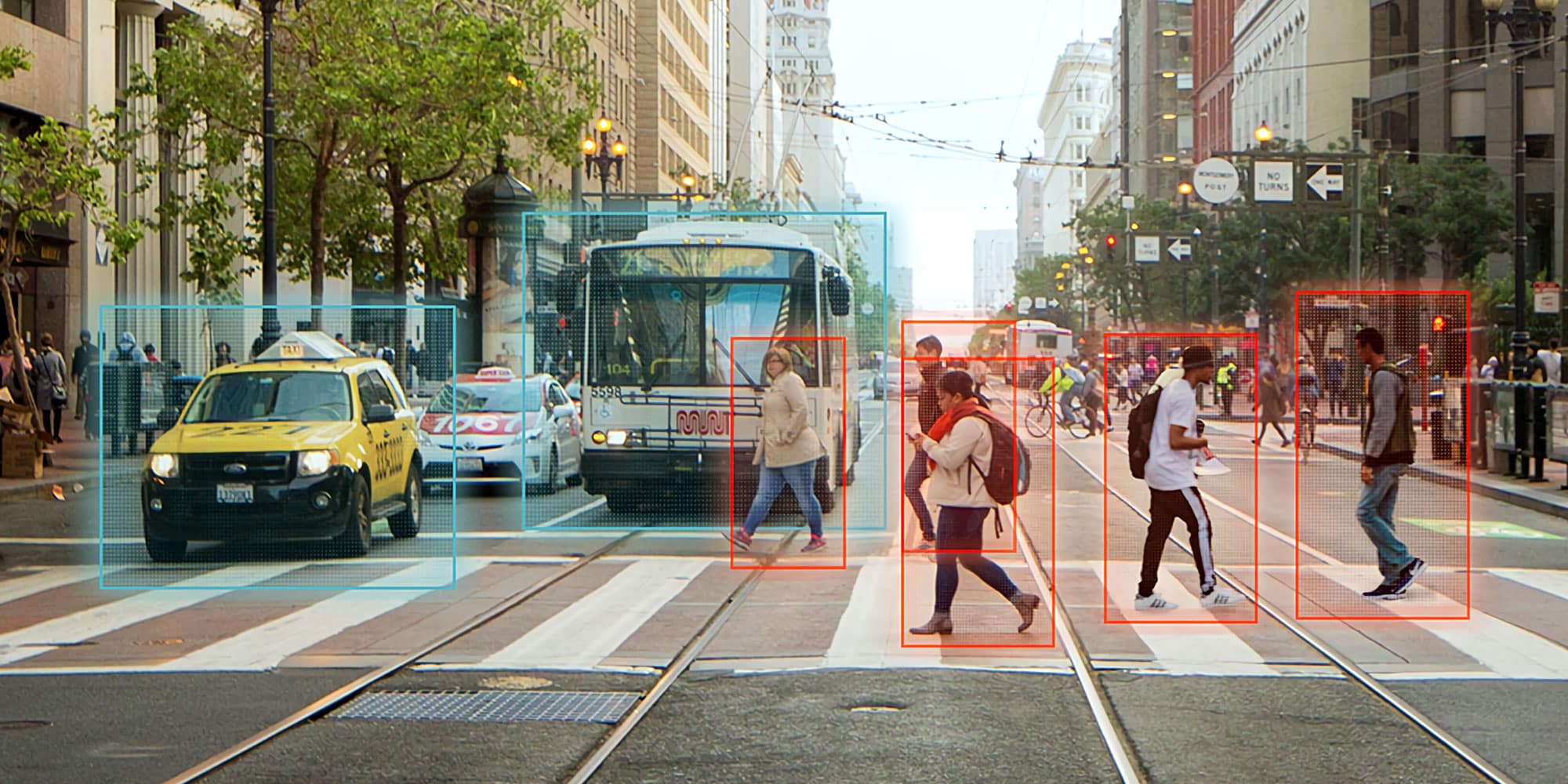

SATELLITE ARCHITECTURE BASICS
Each year, car manufacturers add innovative active safety features that reduce accidents and save lives. These innovations often require new sensors — radars, cameras, lidars and ultrasonic sensors. Every new sensor requires its own power, packaging and data processing.
Traditionally, sensors were designed to process environmental inputs independently. This made sense when there were only one or two sensors on a vehicle, and self-contained sensors were easier to move among different vehicle makes and models. A standalone sensor would include the built-in compute power to process its field of view and trigger a warning (such as a forward collision warning) or control basic actuation (such as automatic emergency braking).
However, as the level of functionality increases, this piecemeal introduction of incremental sensors raises concerns about how to physically package them in a vehicle, as well as how to manage independently developed and fragmented software over its life cycle.
Aptiv believes there’s a better way. Aptiv's PACE-award winning Satellite Architecture is a flexible and scalable approach to advanced safety that optimizes performance and cost while reducing mass and complexity.
Satellite Architecture takes the intelligence out of the sensors and centralizes it in a powerful active safety domain controller, leaving in place "satellite" sensors that contain only the hardware absolutely necessary to operate the sensor, while processing and decision making is managed in the domain controller. This significantly improves the flexibility, scalability and performance of the system.
Here are some of the specific benefits of Satellite Architecture:
>> Improved sensing and perception performance: Aptiv’s low-level fusion approach to sensor fusion combines intelligence from multiple sensors and sensing modalities in a single step to improve performance. Additionally, because the domain controller doesn’t need to wait for the sensors to process data first, Satellite Architecture reduces latency and accelerates decision making. The ability to centrally combine input from multiple types of sensors and sensor locations also provides the most robust data set possible for artificial intelligence and machine learning. Taken together, these improvements to sensing and perception performance create a rich environmental model, which is critical for delivering advanced safety features.
>> Sensor scalability: Because processing is contained in a central domain controller, it is simpler and less expensive to add satellite sensors as the level of automation increases. While a car built with Level 0 or Level 1 active safety functionality might only have one forward radar and one forward camera, a more advanced vehicle at Level 2+ will often add 360-degree surround radar and vision, and occasionally a lidar, resulting in eight or more additional sensors.
>> Flexible radar and camera packaging: Satellite radars are up to 70 percent smaller than traditional smart sensors. That means they can be packaged flexibly around the vehicle, particularly in areas where space is at a premium. Radars can be safely located behind body panels, or more easily packaged behind the front grille without affecting vehicle aesthetics. Similarly, satellite cameras are smaller than smart cameras and less susceptible to thermal challenges, which makes them easier to mount behind a rearview mirror.
>> Reduced vehicle mass: When it comes to vehicle performance, lighter is better. Satellite Architecture reduces weight by eliminating redundant components such as power supplies, housings and brackets. This results in an overall mass reduction of up to 30 percent vs. a traditional advanced driver-assistance system (ADAS).
>> Heat dissipation: Processors generate heat, so relocating the processing to a centralized controller simplifies thermal management challenges associated with multiple heat-generating devices distributed around a vehicle.
>> Simplified electrical architecture: Centralizing sensor inputs into a single domain controller simplifies the vehicle’s electrical/electronic architecture, meaning that the domain controller could be upgraded without a major change in the entire architecture.
>> Reduced warranty and repair cost: With Satellite Architecture, some of the most expensive components of sensors — those that involve processing — can be located centrally within the vehicle, instead of in the most vulnerable areas such as corners or grilles. That means lower repair costs from minor accidents.
>> Simplified lifecycle management: A single point of intelligence simplifies software and firmware updates and enhancements. Centralized software is more easily updatable via over-the-air (OTA) , and domain controller hardware can be upgraded as needed over time. This allows the system to easily evolve and improve over its lifetime.
Satellite Architecture optimizes the performance of advanced safety features, while at the same time reducing cost, mass and complexity. It enables OEMs to design a more stylish, user-friendly vehicle. And the benefits continue to increase as vehicles approach higher levels of automation.
